They once dotted the American landscape with glowing signs, catchy jingles, and crave-worthy comfort food that defined generations. These fast food chains weren’t just places to grab a quick bite—they were part of the culture, serving up memories alongside burgers, fries, and milkshakes. But time hasn’t been kind to all of them. Shifting tastes, fierce competition, and changing economies sent many of these former giants into obscurity. Today, they survive mostly in nostalgia—faded photos, roadside relics, and stories passed down from one era to the next. Take a look back at 20 once-huge chains that time just couldn’t hold onto.
1. Valle’s Steak House

Valle’s began in Portland, Maine in 1933, expanding into one of America’s premier steakhouse chains. Known for generous portions at reasonable prices, Valle’s made surf-and-turf accessible to middle-class families during post-war prosperity. The massive restaurants often seated 500+ diners and featured distinctive Colonial-style architecture.
Their signature offerings included prime rib carved tableside and complimentary cheese and crackers while patrons waited for tables. At its peak in the 1970s, Valle’s operated dozens of locations throughout the Northeast and Midwest. Rising beef prices and changing dining trends led to the chain’s decline, with the last Valle’s closing in 2000 after nearly seven decades of serving affordable steak dinners.
2. Sandy’s Hamburgers
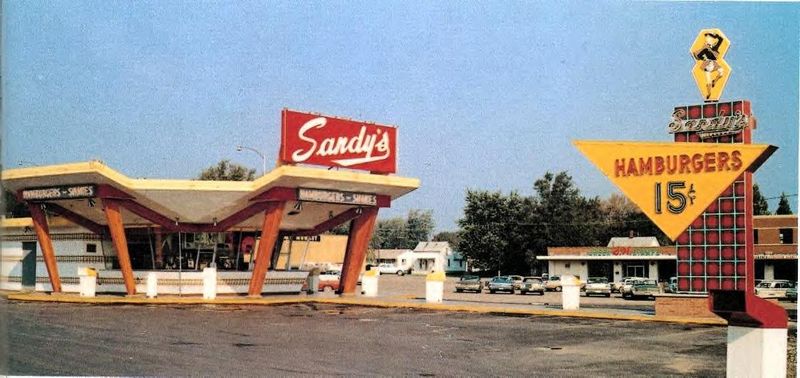
Founded in Illinois in 1956, Sandy’s distinctive orange and blue buildings dotted Midwestern landscapes during the burger boom. The chain’s Scottish-themed mascot, Little Sandy, welcomed families seeking affordable burgers, fries, and shakes. By the late 1960s, Sandy’s had expanded to over 200 locations across five states, becoming a formidable regional competitor to McDonald’s.
Their popularity stemmed from consistently crispy fries and special sauce-topped burgers. The chain’s independence ended in 1971 when Hardee’s purchased the company, converting most locations to their brand. Today, Sandy’s lives primarily in vintage photos and the memories of Baby Boomers who grew up with those distinctive A-frame buildings.
3. Pup ‘N’ Taco
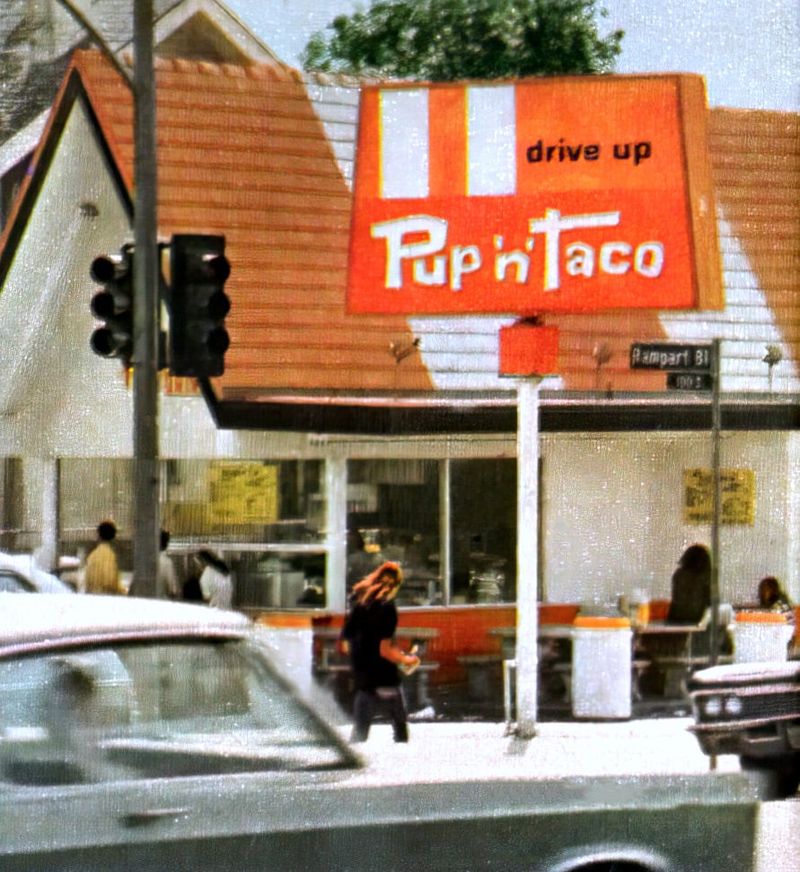
Pup ‘N’ Taco pioneered the unusual combination of hot dogs and Mexican food when it launched in California in 1956. The red and yellow buildings with their cartoonish logo became neighborhood staples throughout Southern California, eventually growing to over 100 locations. Beyond its namesake offerings, the chain was known for inexpensive slushes, burgers, and pastrami sandwiches. Their 39-cent hot dogs and 29-cent tacos made them particularly popular with teenagers and families on tight budgets. Taco Bell recognized the chain’s potential and purchased 99 Pup ‘N’ Taco locations in 1984, converting most to their brand. Though the chain has disappeared, its unique concept of combining American and Mexican fast food lives on in Southern California’s food culture.
4. Arthur Treacher’s Fish & Chips
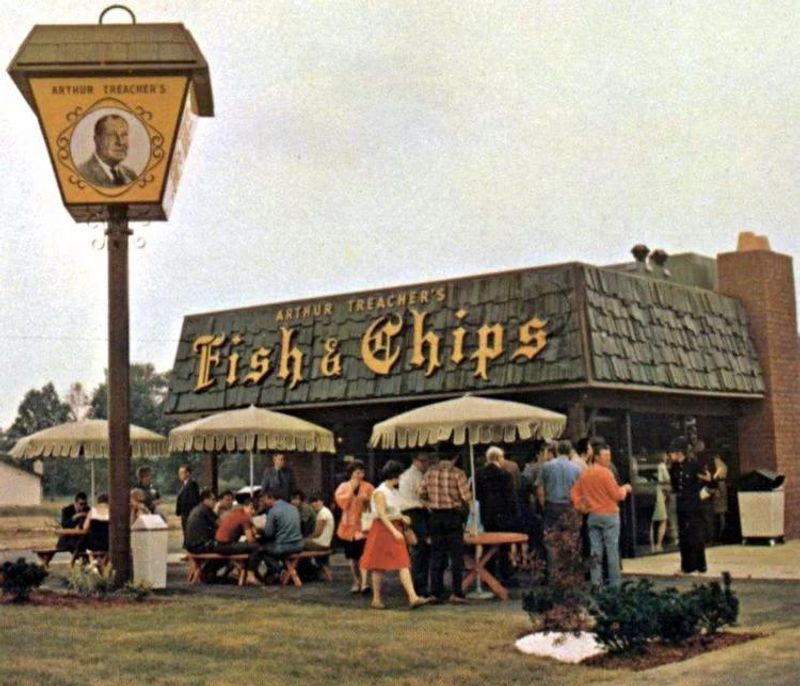
Named after the British character actor who became its spokesperson, Arthur Treacher’s brought authentic-style fish and chips to American shores in 1969. The chain’s distinctive nautical-themed restaurants with their bright blue roofs expanded rapidly during the 1970s seafood boom. Signature items included cod fillets in a secret batter recipe served with malt vinegar and thick-cut chips. Their success stemmed from introducing many Americans to British-style fried fish when international foods were becoming fashionable. Financial troubles and rising fish prices led to the chain’s decline from its peak of 800+ locations. Today, only a handful of Arthur Treacher’s remain, mostly in Ohio, where loyal customers still line up for those crunchy fish fillets and hush puppies that transport them back to simpler times.
5. VIP’s
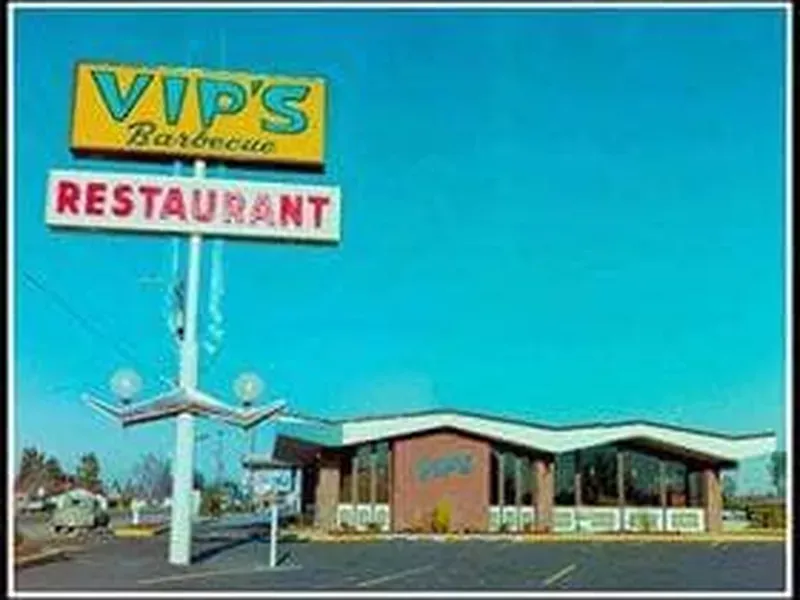
VIP’s began in Salem, Oregon in 1968, quickly becoming the Pacific Northwest’s answer to Denny’s with its 24-hour service and extensive menu. The orange-roofed coffee shops were particularly beloved by truckers and late-night diners seeking hearty meals at any hour. Famous for massive breakfast platters and bottomless coffee, VIP’s expanded to over 50 locations across Oregon, Washington, and California.
Their restaurants featured comfortable booths, counter service, and a family-friendly atmosphere that made them community gathering spots. Economic challenges in the 1980s forced the once-thriving chain to close or sell most locations. Many were converted to Denny’s restaurants, erasing the VIP’s name but not the memories of those who found comfort in their welcoming diners during late-night study sessions or early morning road trips.
6. G.D. Ritzy’s
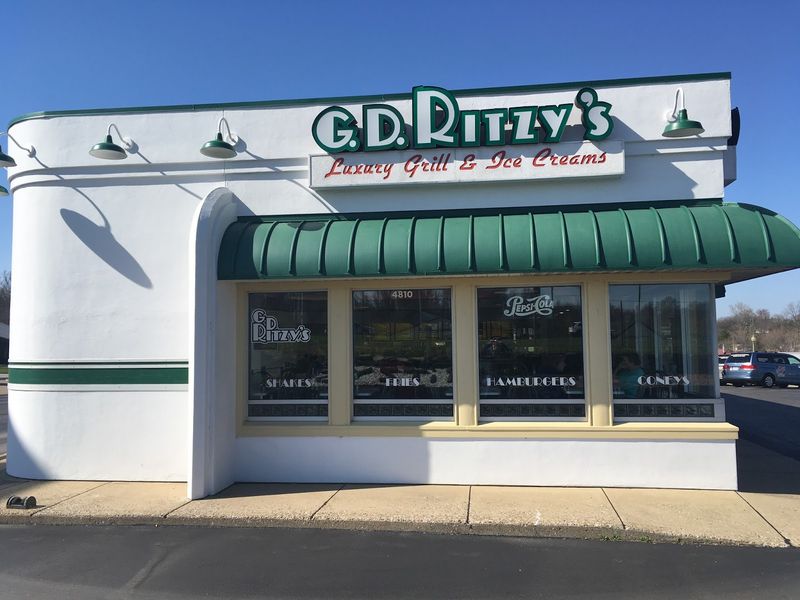
G.D. Ritzy’s brought a touch of 1920s glamour to 1980s fast food with its art deco styling and upscale approach. Founded by former Wendy’s executive Graydon Webb, the chain positioned itself as a premium alternative with freshly ground beef, hand-cut fries, and homemade ice cream. The restaurants featured black and white checkerboard floors, chrome fixtures, and servers wearing bow ties and paper hats.
This distinctive aesthetic made Ritzy’s instantly recognizable during its rapid expansion throughout the Midwest and East Coast. Financial difficulties in the 1990s caused most locations to close, but devoted fans haven’t forgotten the chain’s signature shoestring potatoes and premium ice cream. A few revived locations in Ohio and Kentucky continue serving these specialties, attracting both nostalgic Baby Boomers and curious younger diners.
7. Henry’s Hamburgers
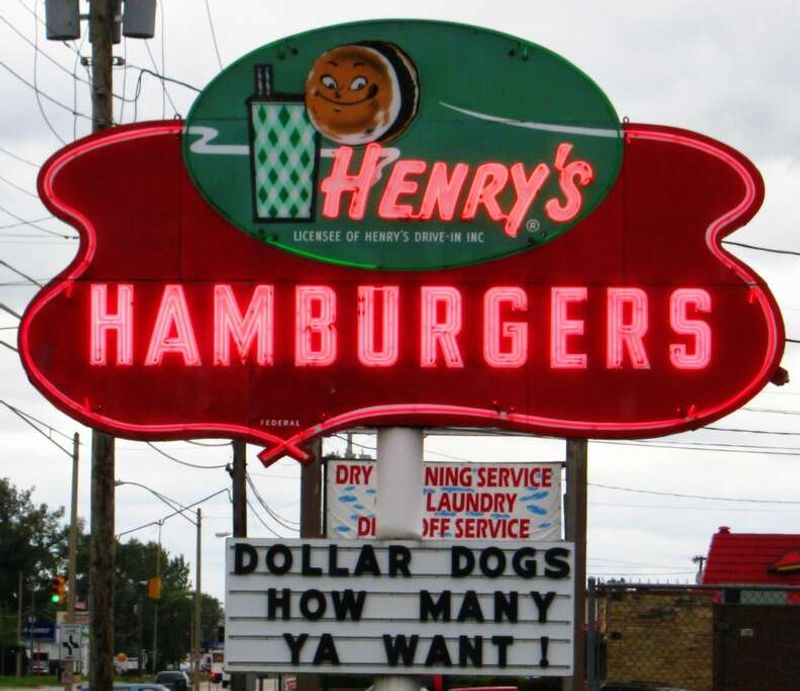
Launched in 1954, Henry’s Hamburgers was created by the Bresler’s Ice Cream Company as a direct competitor to the emerging McDonald’s chain. Their small, efficient drive-ins specialized in 15-cent hamburgers, becoming an immediate hit in the Midwest. By the early 1960s, Henry’s had surpassed 200 locations—temporarily outpacing McDonald’s in some regions. The chain pioneered multi-pack specials like their famous “Bagful of Burgers” that allowed families to feed everyone for under $5. Unable to match McDonald’s growing national advertising and expansion strategy, Henry’s gradually disappeared from the American landscape. Today, a single location survives in Benton Harbor, Michigan, where nostalgic customers still visit to taste a burger from McDonald’s once-formidable competitor.
8. The All-American Burger
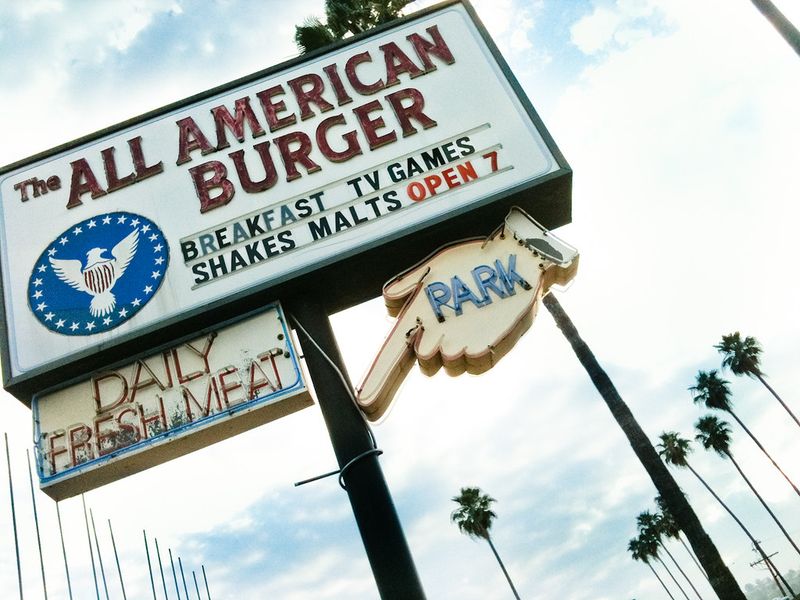
The All-American Burger might have remained an obscure Southern California mini-chain if not for its prominent role in 1982’s “Fast Times at Ridgemont High.” The restaurant where character Brad Hamilton (Judge Reinhold) worked became instantly recognizable to movie fans nationwide. Founded in the 1960s, the small chain had only a handful of locations in Los Angeles, serving classic burgers, fries, and shakes. Their red, white, and blue color scheme and straightforward menu represented the quintessential California burger stand experience. Most locations closed by the early 1990s, unable to compete with larger chains despite their cult movie fame. The Westwood Village location featured in the film remained open until 2010, serving as a pilgrimage site for movie fans seeking to recreate scenes from the iconic teen comedy.
9. Little Tavern
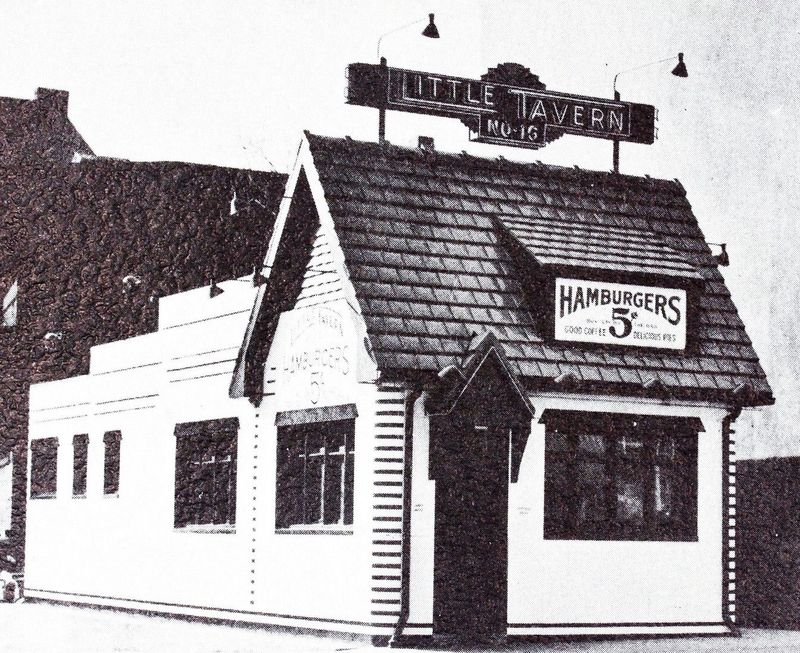
Founded during the Great Depression in 1927, Little Tavern shops were immediately recognizable by their distinctive cottage-style buildings with green roofs. These tiny hamburger stands dotted street corners throughout Baltimore, Washington D.C., and Louisville, serving simple sliders long before White Castle expanded eastward. The chain’s famous slogan “Buy ‘Em by the Bag” encouraged customers to purchase their small, square hamburgers in bulk.
Open 24 hours, Little Taverns became havens for night shift workers, college students, and late-night revelers seeking inexpensive meals. Economic changes and urban redevelopment led to the chain’s gradual decline, with the last location closing in 2008. Though gone, the distinctive Tudor-style buildings remain local landmarks, with several repurposed as other businesses while maintaining their unique architectural charm.
10. Doggie Diner
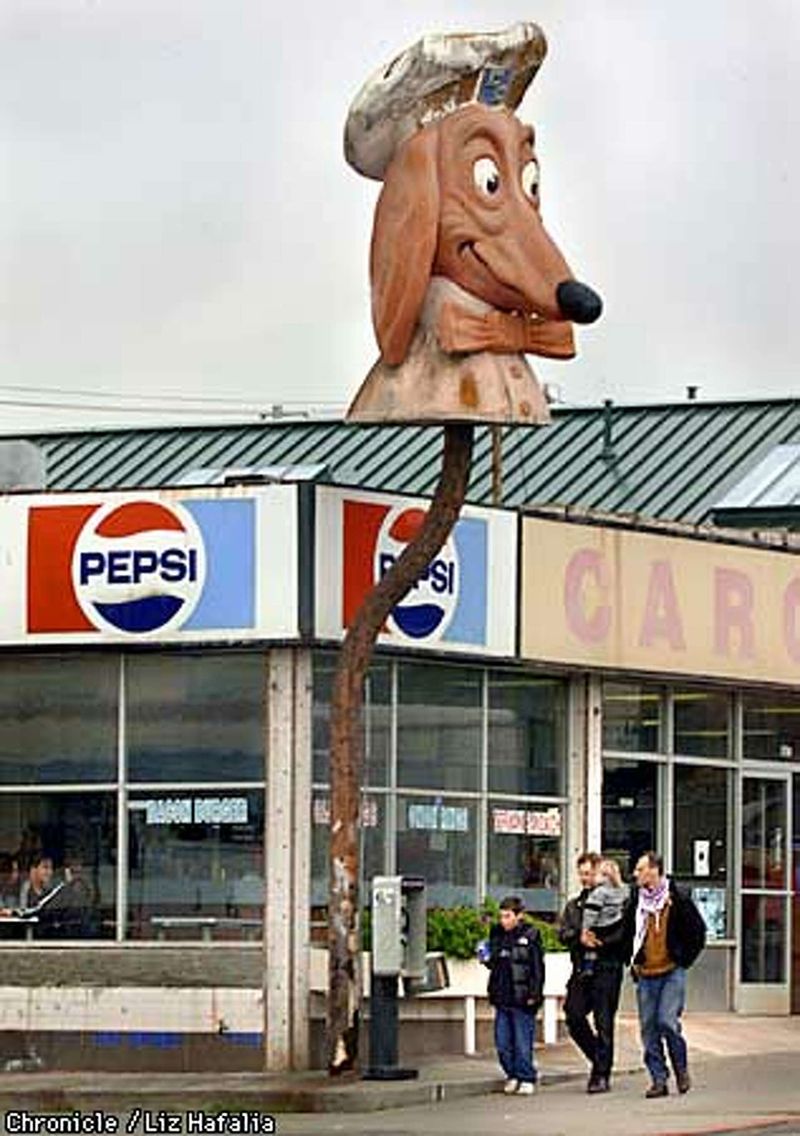
Doggie Diner wasn’t just a hot dog chain—it was a San Francisco institution with its unforgettable 7-foot dachshund head signs wearing a chef’s hat and bow tie. Founded in 1948 by Al Ross, the chain grew to 30 locations throughout the Bay Area, becoming embedded in local culture. Beyond standard hot dogs, the menu featured specialty items like the “Doggie Burger” and milkshakes served in distinctive tall glasses.
The restaurants became neighborhood landmarks where families gathered after baseball games and teenagers hung out on weekend nights. The chain closed in the 1980s, but San Franciscans refused to let the memory die. Today, one restored dachshund head is an officially recognized landmark, while others appear in local parades and events, preserving this quirky piece of Bay Area fast food history.
11. Carrols
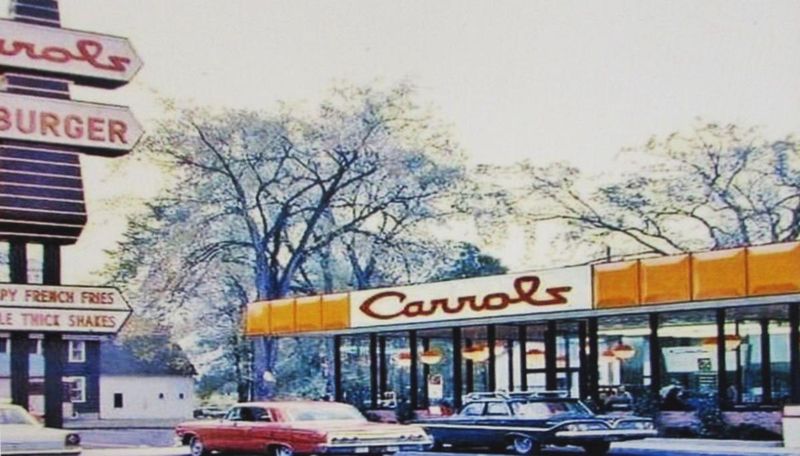
Carrols began in 1960 as Carrols Drive-In Restaurants in Syracuse, New York, expanding to over 150 locations across the Northeast and Midwest. The orange-roofed restaurants were known for the “Club Burger”—their answer to the Big Mac—and a cartoon mascot named Carrols Kid. The chain’s signature offering was the “Hamburger Deluxe,” featuring a special sauce that inspired devoted fans. Their efficient service and family-friendly atmosphere made them popular alternatives to the bigger national chains throughout the 1960s and early 1970s. In a surprising business pivot, Carrols Corporation began converting its restaurants to Burger King franchises in the mid-1970s. Today, Carrols Restaurant Group operates over 1,000 Burger King locations, making it the brand’s largest franchisee—a corporate success story built on the foundation of their original namesake chain.
12. Red Barn
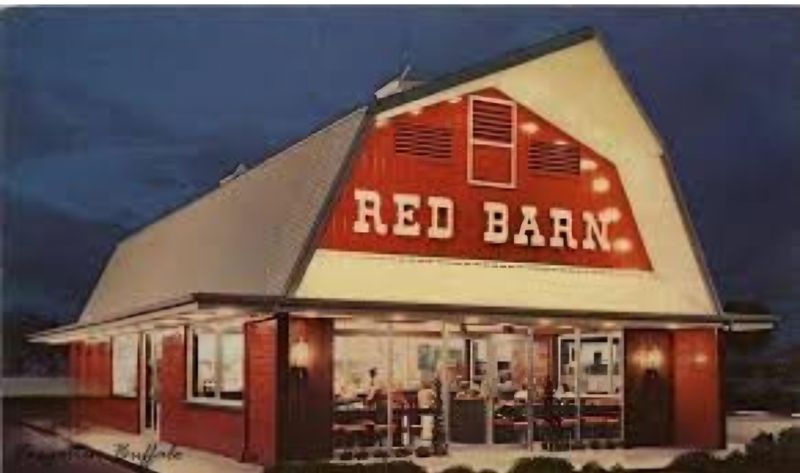
Red Barn’s distinctive barn-shaped buildings with bright red paint and towering cupolas made them impossible to miss along American highways starting in 1961. The chain grew to over 300 locations across 19 states, becoming known for innovations like the “Barnbuster” burger and early adoption of self-service salad bars. The restaurants featured rustic interiors with wooden beams and farm-themed decor. Their innovative menu introduced the concept of burger sizes—offering “Big Barney” and “Barnbuster” options when competitors typically sold just one size. Despite forward-thinking concepts like salad bars decades before they became industry standards, Red Barn struggled financially in the late 1970s. The parent company’s decision to stop supporting the brand led to its gradual disappearance, though several converted buildings still stand, repurposed as everything from local restaurants to real estate offices.
13. Lum’s
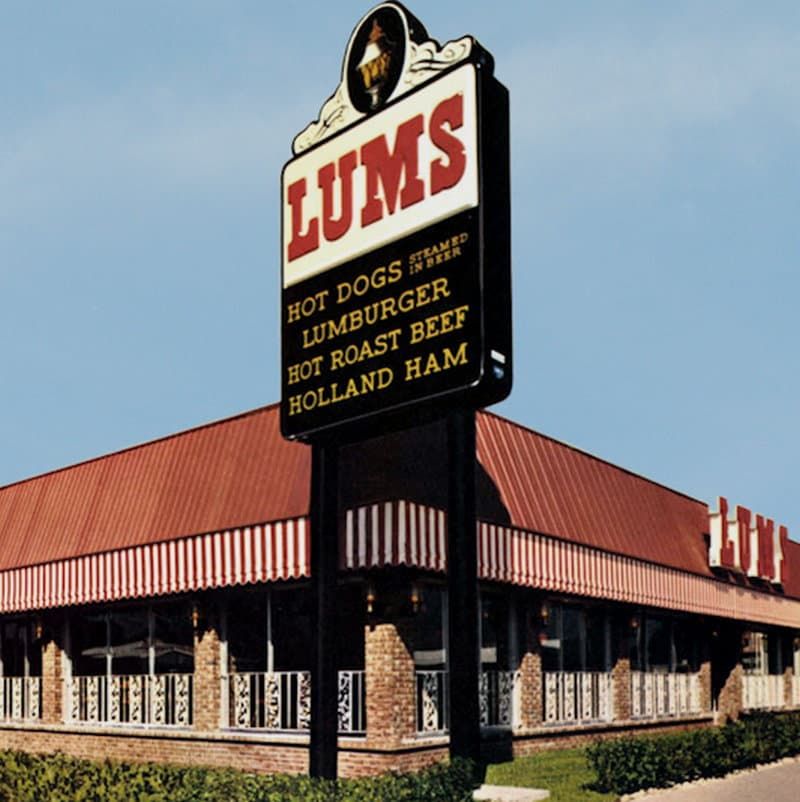
Starting as a single hot dog stand in Miami in 1956, Lum’s distinguished itself with a signature offering: hot dogs steamed in beer. This unique preparation method, along with their famous “Ollieburger,” helped the chain expand to over 400 locations nationwide during the 1960s and 1970s. The casual family restaurants featured dark wood paneling, nautical decor, and frosted beer steins.
Beyond their famous hot dogs, Lum’s was known for seafood items and a warm, pub-like atmosphere that made them neighborhood gathering spots. After being purchased by the Wienerwald company in 1971, Lum’s began a slow decline. By the 1980s, most locations had closed, with the final Lum’s shuttering in 2009. The beer-steamed hot dog recipe, however, lives on in home kitchens where nostalgic fans recreate this distinctive cooking method.
14. Chicken George
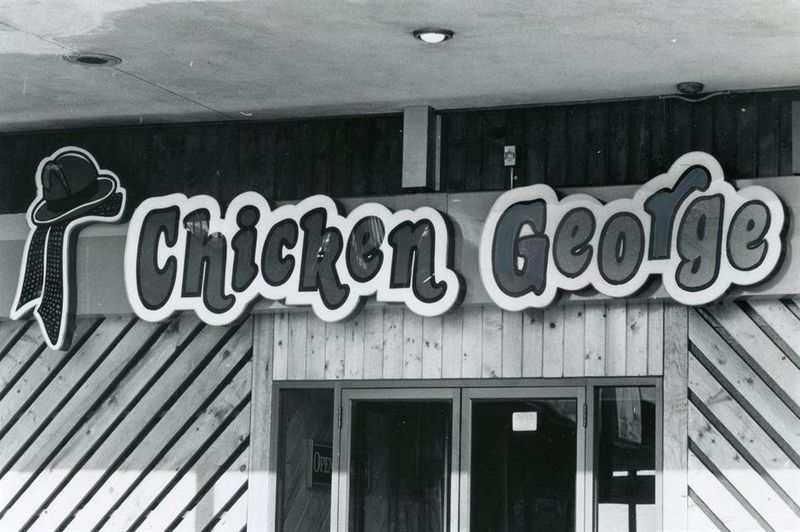
Chicken George remains one of fast food’s most enigmatic chains, with limited surviving documentation despite its regional popularity in the 1970s and 1980s. The Baltimore-based fried chicken chain developed a devoted following for its extra-crispy recipe and distinctive spice blend. Founded by an entrepreneur known as “Chicken George” Barksdale, the restaurants were particularly popular in African American communities along the East Coast.
Their chicken was distinguished by an especially crunchy coating and sides like collard greens rarely found at national chains. Financial troubles and competition from larger chicken chains led to the company’s decline in the late 1980s. Though physical locations disappeared, Chicken George achieved unexpected immortality when it was referenced in Alex Haley’s “Roots” and the subsequent TV miniseries, permanently linking the restaurant to 1970s American cultural history.
15. Horn & Hardart Automat

The Horn & Hardart Automat revolutionized urban dining in the early 20th century with its wall of glass-doored compartments containing fresh food retrieved by inserting coins. After opening in Philadelphia in 1902 and expanding to New York in 1912, these “coin-operated restaurants” became essential parts of city life for everyone from laborers to celebrities. The Art Deco dining rooms featured marble tables, brass fixtures, and the constant clink of coins as customers selected everything from baked beans to apple pie. Their democratic approach—no tipping, no servers, and affordable prices—made quality food accessible across social classes. Changing urban demographics and the rise of fast food led to the Automat’s decline, with the last location closing in 1991. The innovative concept lives on in museum exhibits and frequent references in films set in mid-century New York.
16. Farrell’s Ice Cream Parlour
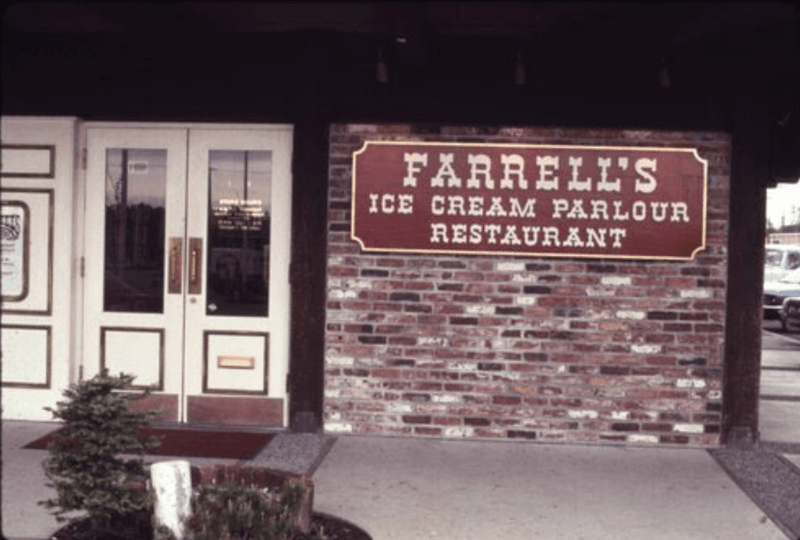
Stepping into Farrell’s was like entering a time machine to the early 1900s, with employees in striped vests and straw hats serving massive ice cream creations. Founded in Portland, Oregon in 1963, the chain specialized in elaborate birthday celebrations featuring sirens, drums, and the famous “Zoo” sundae carried by multiple servers. The restaurants combined ice cream parlor, candy shop, and family restaurant concepts under one roof.
Their menu featured over 130 ice cream specialties with names like “The Trough” and “Pig’s Trough,” designed for competitive eaters or large groups. After expanding to 130 locations nationwide, Farrell’s struggled through ownership changes and eventually faded. Recent revival attempts have mostly failed, but the chain’s influence lives on in modern birthday restaurant concepts that borrowed heavily from Farrell’s pioneering celebration approach.
17. White Tower
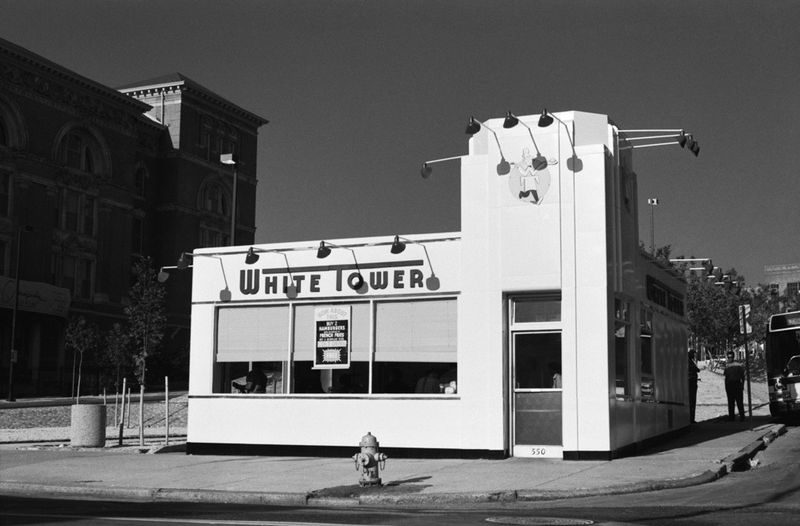
White Tower launched in 1926 with a business model that didn’t just compete with White Castle—it deliberately mimicked its competitor down to the white buildings, similar name, and nearly identical sliders. This brazen copycat strategy worked remarkably well, allowing White Tower to expand to over 230 locations while legal battles with White Castle raged. The restaurants specialized in 5-cent hamburgers served in a spotlessly clean environment, emphasizing the “tower of cleanliness” slogan.
Their streamlined art deco buildings became urban landmarks, particularly in Midwestern and Eastern cities. Court rulings eventually forced White Tower to modify its architecture and branding. The chain gradually declined through the 1970s as downtown areas where most locations operated faced economic challenges. Today, just a handful of repurposed White Tower buildings remain as architectural curiosities.
18. Howard Johnson’s
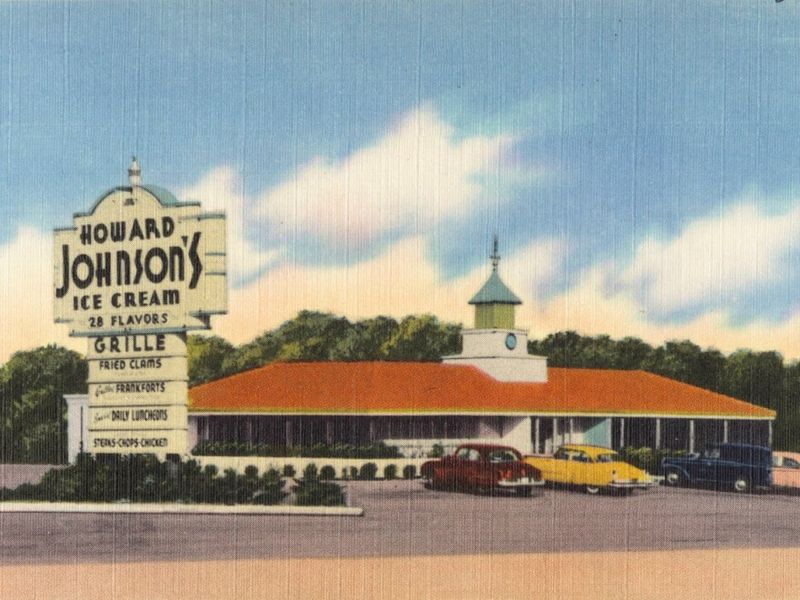
Howard Johnson’s orange roofs and turquoise spires were once as recognizable on American highways as McDonald’s golden arches are today. Starting as an ice cream shop in 1925, “HoJo’s” expanded into a hospitality empire with over 1,000 restaurants and 500 motor lodges during its 1960s and 1970s peak. The restaurants became famous for their “28 flavors” of ice cream and signature dishes like fried clam strips and frankfurters.
Their strategic locations along newly built highways made them essential stopping points for traveling families during the golden age of road trips. Changing travel patterns and increased fast food competition led to the chain’s decline. The last Howard Johnson’s restaurant closed in 2017, though the hotel brand continues under different ownership, with most travelers unaware of its connection to the once-mighty restaurant empire.
19. All Star Cafe
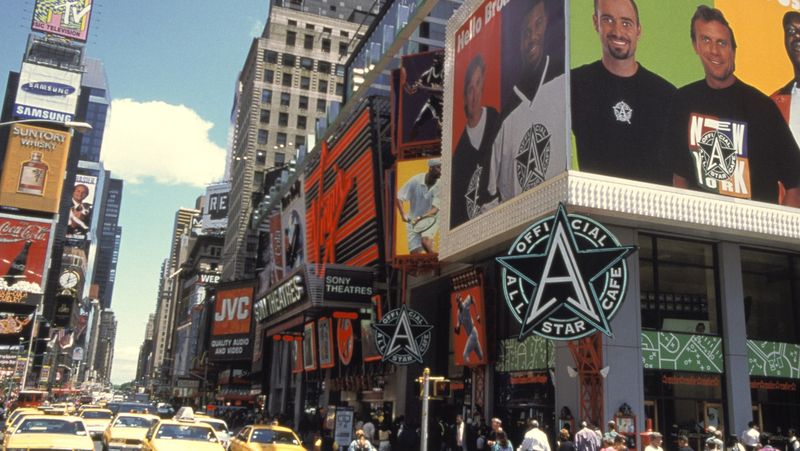
Riding the theme restaurant wave of the 1990s, Official All Star Cafe launched in 1995 with unprecedented star power. Sports icons like Tiger Woods, Shaquille O’Neal, and Andre Agassi weren’t just celebrity endorsers—they were actual investors alongside Planet Hollywood’s ownership group. The massive restaurants featured memorabilia-covered walls, stadium-style seating, and multiple giant screens showing sports. Menu items bore athlete-themed names, while interactive games and merchandise shops created an immersive experience beyond just dining. Despite opening prime locations in Times Square, Las Vegas, and Disney World, the concept failed to maintain momentum. High operating costs and fading consumer interest in theme restaurants led to all locations closing by 2007, marking the end of this ambitious sports-entertainment experiment.
20. Burger Chef
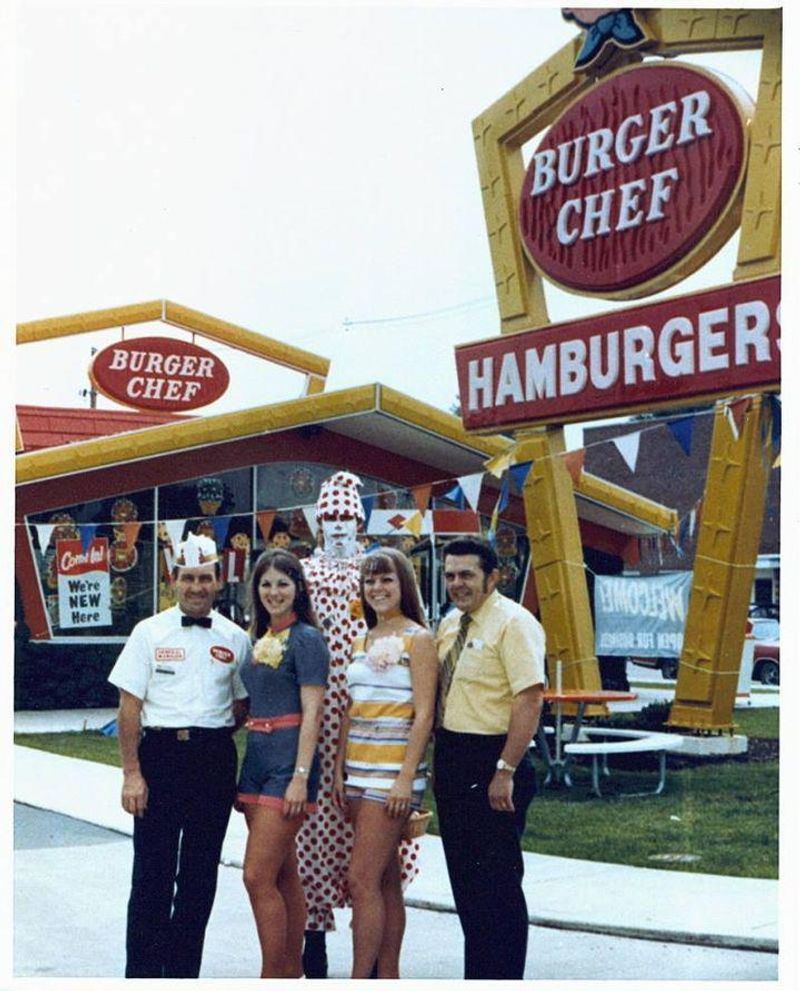
Burger Chef pioneered many fast food concepts we now take for granted, including the kids’ meal with toy—their “Fun Meal” predated McDonald’s Happy Meal by several years. Founded in Indianapolis in 1954, the chain expanded rapidly, becoming second only to McDonald’s with over 1,200 locations by the early 1970s. The restaurants featured innovative self-service condiment bars called “Works Bars” where customers could customize their burgers. Their cartoon mascots, Burger Chef and his sidekick Jeff, starred in TV commercials and kid-friendly promotions featuring Star Wars and other popular franchises. Hardee’s purchased the struggling chain in 1982, converting most locations to their brand. Though the restaurants disappeared, Burger Chef’s innovations like the kids’ meal with toy permanently changed fast food marketing to children and influenced every major chain that followed.
Leave a comment